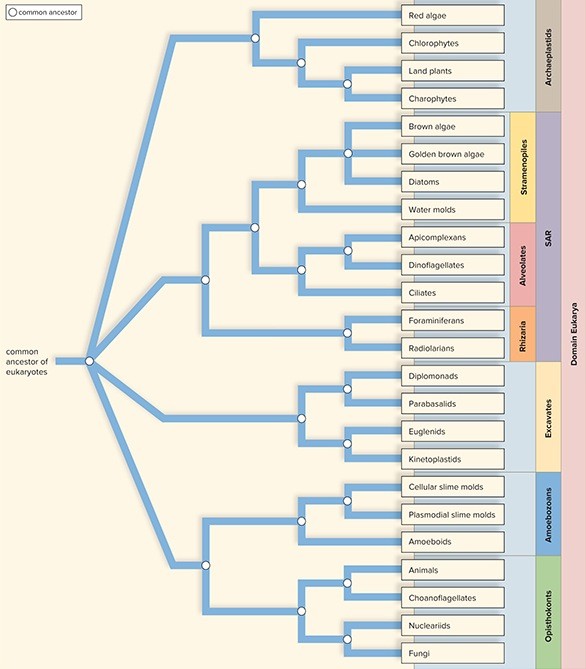A deficiency in which mineral leads to thyroid deficiency?
A. zinc
B. iodine
C. copper
D. selenium
E. manganese
Answer: B
You might also like to view...
Which of the following mutations would be most likely to have a harmful effect on an organism?
A) a nucleotide-pair substitution B) a deletion of three nucleotides near the middle of a gene C) a single nucleotide deletion in the middle of an intron D) a single nucleotide deletion near the end of the coding sequence E) a single nucleotide insertion downstream of, and close to, the start of the coding sequence
A public health official was asked to speak about immunizations during a civic group luncheon. One parent asked if rubella was still a problem. In answering the question, the official cautioned women planning to have another child to have their present
to have another child to have their present children immunized against rubella. Why did the official make this statement to the group? A. Rubella is spread very easily by respiratory secretions and is largely asymptomatic. However, it can cause birth defects/stillbirth in pregnant women. Women with other children would want to prevent these children from acquiring the virus before attempting to conceive a new child in order to protect the fetus. B. Rubella is passed very easily between children, so the official was trying to protect the child that would soon be born from this infection that might be brought in by its siblings after it was born. C. The official is getting kickbacks and bribes from the companies making the vaccines, and he's trying to pad his pockets by getting as many people immunized as possible, regardless of whether they need it or not. D. Rubella infections often lead to very serious and potentially fatal complications. While a woman is pregnant, she may not be able to take care of a sick child as easily. The vaccine will prevent the child already in the family from falling ill and potentially dying due to these possible complications.
Answer the following statements true (T) or false (F)
1. Protists are only capable of asexual reproduction. 2. DNA analysis shows that fungi are more genetically related to plants than animals. 3. As plants evolved to grow taller, their stems had to become more rigid. 4. Plants exhibit a final body form, like animals, which they keep until they die. 5. All fruits are derived from the ovary of an angiosperm.
 The evolutionary relationships between the eukaryotic supergroups are depicted in the diagram.Diatoms share a more recent common ancestor with dinoflagellates than with water molds.
The evolutionary relationships between the eukaryotic supergroups are depicted in the diagram.Diatoms share a more recent common ancestor with dinoflagellates than with water molds.
Answer the following statement true (T) or false (F)